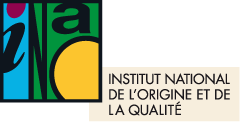This article is older and has been archived.
It remains accessible, but the information provided may be out of date or incorrect.
News
Sable de Camargue" wines registered as Protected Designation of Origin (PDO)
"Sable de Camargue" wines are officially recognized as a Protected Designation of Origin (PDO), following publication of the implementing regulation in the Official Journal of the European Union on Wednesday, October 18, 2023. This recognition enhances the know-how developed by Camargue winegrowers. The "gris" and "gris de gris" wines of the "Sable de Camargue" PDO now enjoy Europe-wide protection.
A practice rooted in history
The Benedictine monks of Psalmody Abbey (near Aigues-Mortes) were already producing wine in the 7th century, with vines growing in the region's sand. Traces of "sables vineyards" can also be found in 15th-century letters.
IGP "Sable de Camargue" since 2011, "gris" and "gris de gris" still wines are now recognized as Appellation d'Origine Protégée "Sable de Camargue".
Gray and gris de gris wines
Gray wines reflect their natural environment with a pale salmon color, and a characteristic balance on the palate combining suppleness (absence of tannin), roundness (sweetness) and freshness (acidity) and iodine notes linked to the maritime influence. They are characterized by a fruity (white fruit, citrus, exotic fruit, red fruit, etc.) or floral palette, depending on the primary aromas of the grapes used in the blend, evolving towards a mineral finish.
"Gris de gris" wines have a paler color and more subtle, finer aromas linked to the production of these wines from the Grenache gris grape alone.
An exceptional terroir - between sea and ponds
The "Sable de Camargue" PDO production zone covers 14 coastal communes in the Hérault, Gard and Bouches-du-Rhône departments. The vines are grown exclusively on the sandy, calcareous soils of the Rhône delta, derived from fluvial, marine and aeolian inputs, and on the associated barrier beach. These constitute an original, highly homogeneous soil virtually devoid of clay and silt, with a sandy fraction of 80% or more by mass.
The biological diversity here is singular, with over 1000 species of flora and fauna listed.
A singular method of cultivation
The vineyard is located at an average of 1 meter above sea level, in an environment characteristic of the Camargue where coastal lagoons and salt marshes alternate. The salt in the soil forms a chemical barrier that hinders water supply and root extension. The vineyards are supplied with fresh water by a few centimeters of groundwater, which is maintained in hydrostatic equilibrium with the sea, lagoons and canals. The latter, known as roubines, form a perimeter network around the vineyards, jointly controlling the level and salinity of the water table.
.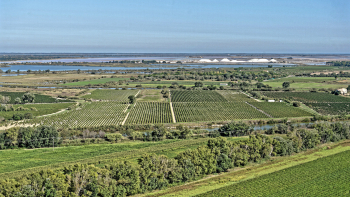
Vineyards committed to sustainable development
95% of the vineyard is farmed organically, in conversion, or HVE. In addition, the use of herbicides on the entire surface of the soil is prohibited. As wind erosion threatens these sandy soils, the winegrowers protect them after the harvest by establishing a plant cover, which is regularly grazed by sheep. Fertilization is ensured by these organic matter inputs.
Key figures
200 000 HL
de potentiel
3 000 Ha
de vignobles
89
viticulteurs vignerons
Press release
Communiqué de presse : Viticulture - « Sable de Camargue » enregistré en Appellation d’Origine Protégée (AOP)
CP INAO : Viticulture - « Sable de Camargue » enregistré en Appellation d’Origine Protégée (AOP)
The latest approvals for French SIQO products
The name "Pérail" is officially recognized as a Protected Geographical Indication (PGI), by publication, on May 26, 2025...
News
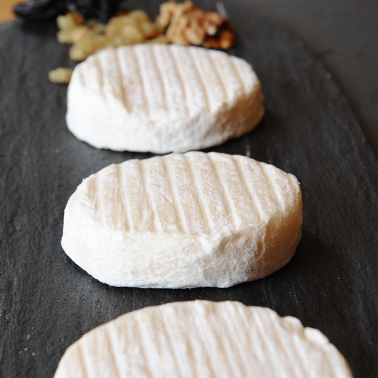
News
The name "Caviar d'Aquitaine" is officially recognized as a Protected Geographical Indication (PGI), with the...
News
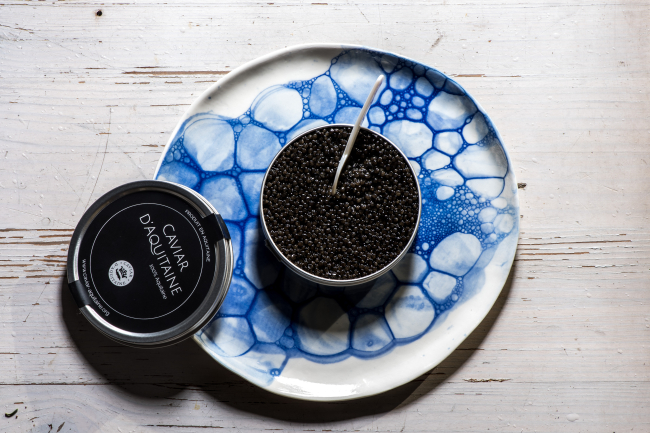
News
The "Melon de Cavaillon" denomination is officially recognized as a Protected Geographical Indication (PGI), with the...
News
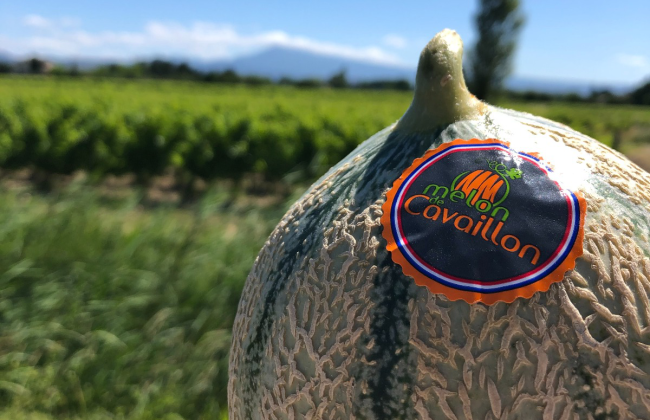
News
